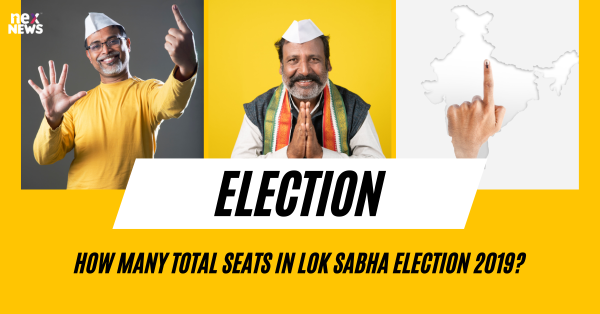Lok Sabha Election 2019: Understanding the Seat Allocation
Seat allocation in the Lok Sabha Election 2019 is a crucial aspect of the electoral process. The number of seats allotted to each state is determined by various factors such as population size, area, and historical significance. This allocation aims to ensure proportional representation in the Parliament, reflecting the diversity and demographics of India. The process of seat allocation is guided by constitutional provisions and aims to uphold the principles of democracy and equality.
Each state is allocated a specific number of seats in the Lok Sabha based on its population size and other relevant factors. The allocation of seats is a complex process that involves detailed analysis and deliberation. It is essential to understand the rationale behind seat allocation to appreciate the functioning of the parliamentary system in India. The allocation of seats plays a vital role in shaping the political landscape of the country and influences the course of governance in the Lok Sabha.
Seat Distribution in Lok Sabha Election 2019
The Lok Sabha Election 2019 saw a total of 543 seats up for grabs across the country. These seats were distributed among different states and union territories based on their population size and representation requirements. The allocation of seats in the Lok Sabha is determined by a formula known as the delimitation process, which aims to ensure equitable representation for all regions of the country.
States like Uttar Pradesh, Maharashtra, and West Bengal held the highest number of seats in the Lok Sabha Election 2019, reflecting their large populations and political significance. Uttar Pradesh, being the most populous state in India, had the highest number of seats at 80, followed closely by Maharashtra with 48 seats and West Bengal with 42 seats. These states played a crucial role in determining the outcome of the election due to their substantial number of seats which can sway the overall results.
States with the Highest Number of Seats in Lok Sabha Election 2019
Uttar Pradesh and West Bengal are among the states with the highest number of seats in the Lok Sabha Election 2019. Uttar Pradesh, being the most populous state in India, holds significant political weight with its 80 seats up for grabs. West Bengal, known for its vibrant political landscape, allocates 42 seats in this election cycle.
Maharashtra, with its diverse demographics and economic significance, is another state that commands attention in the Lok Sabha Election 2019. With 48 seats at stake, Maharashtra has the potential to sway the overall outcome of the election. The political dynamics in these states play a crucial role in shaping the national narrative and are closely watched by analysts and voters alike.
States with the Lowest Number of Seats in Lok Sabha Election 2019
Arunachal Pradesh, Mizoram, Sikkim, and Goa are among the states with the lowest number of seats in the Lok Sabha Election 2019. Each of these states has only 2 seats allocated in the Lok Sabha. These states, despite their comparatively smaller population sizes, play a crucial role in shaping the political landscape of the country.
With only 2 seats in the Lok Sabha, these states have a smaller representation compared to larger states in India. However, every seat in the Lok Sabha holds significant importance in determining the government's policies and decisions. Despite having fewer seats, the voices of these states contribute to the democratic process and reflect the diverse political opinions present across the nation.
Reserved Seats in Lok Sabha Election 2019
Reserved Seats in Lok Sabha Election 2019 play a crucial role in ensuring representation for marginalized communities across India. These seats are reserved for Scheduled Castes (SC) and Scheduled Tribes (ST) based on their population percentages in each state. The reservation policy aims to provide a platform for these underrepresented groups to have a voice in the country's democratic process.
The reserved seats are allocated in such a way that certain constituencies are designated solely for SC or ST candidates to contest and represent their respective communities. This affirmative action initiative not only promotes diversity in the Lok Sabha but also strives to address historical injustices faced by SCs and STs. By reserving seats for these groups, the Indian government seeks to uphold the principles of equality and inclusivity in its political landscape.
